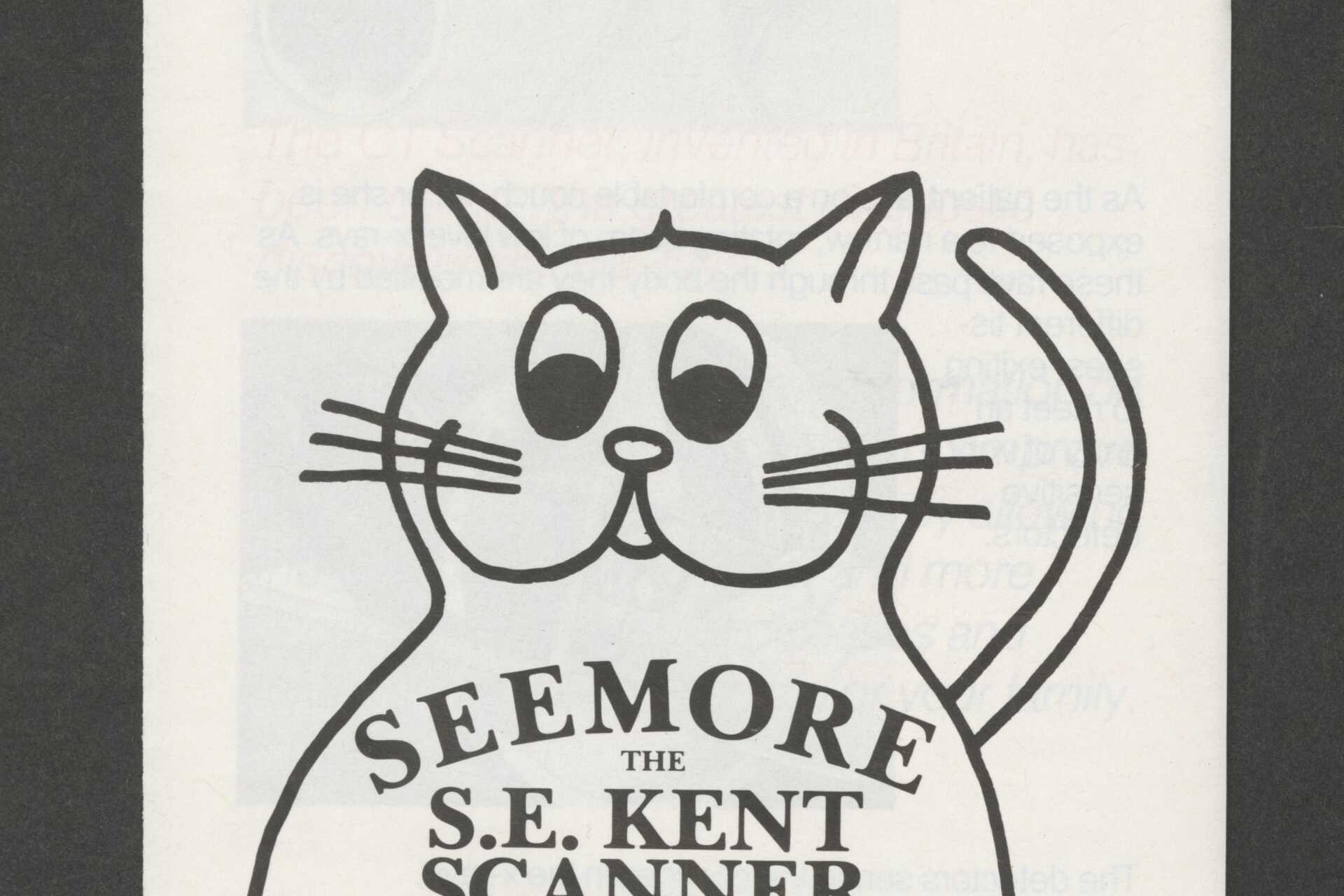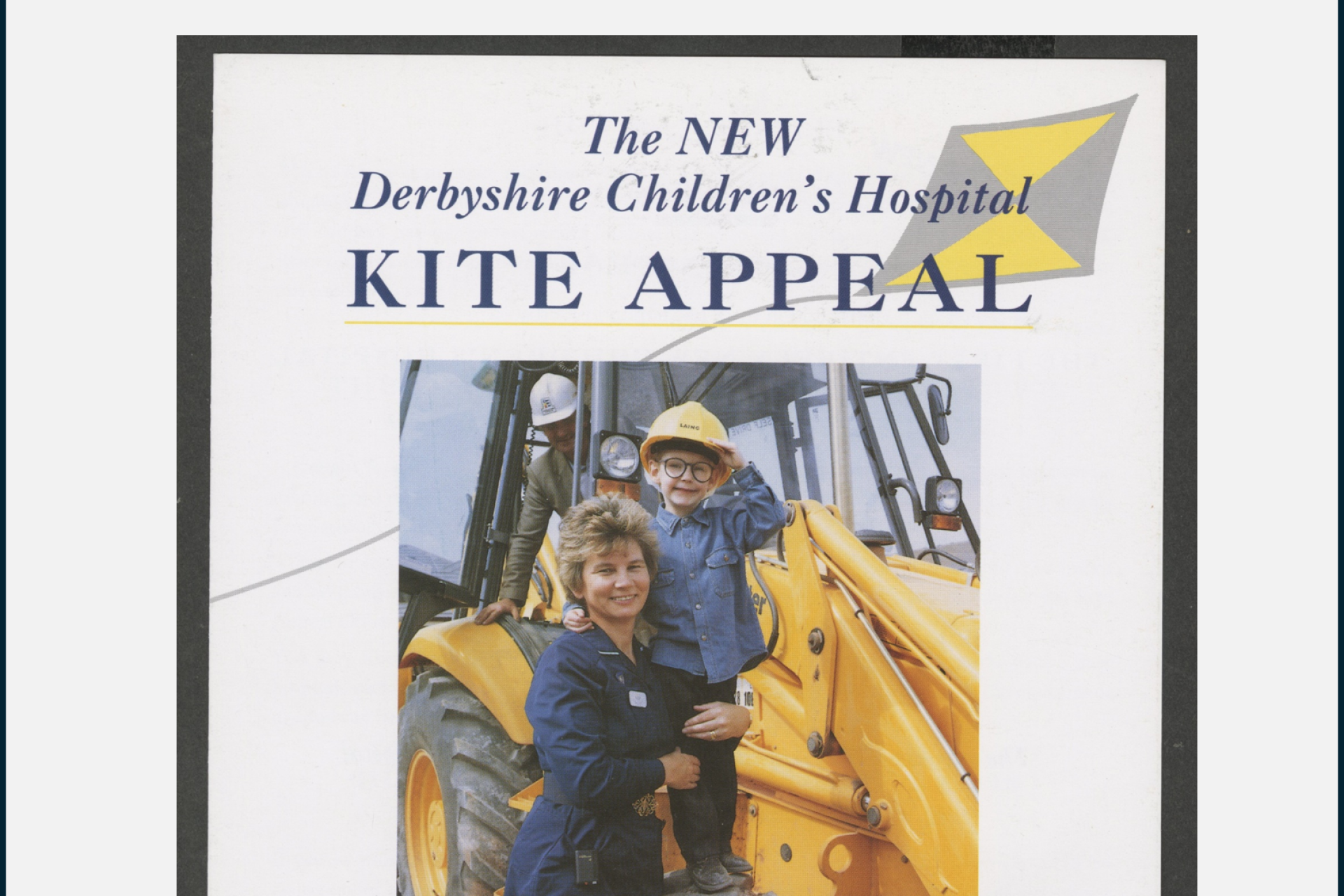
In 1948 the National Health Service (NHS) was established in the UK. This meant that healthcare became free at the point of use, funded by the Government through taxation and national insurance contributions. Before 1948 healthcare had been provided through a range of private and voluntary hospitals, which themselves were funded through subscriptions, payments by patients and charitable donations.
The new system for healthcare provision also meant new restrictions on how much fundraising could take place to ensure the main healthcare services were still provided by the State. Hospitals could use existing endowments for medical research, for example, but could not spend them on staffing or on clinical service provision.
The Health Services Act 1980 changed this approach and allowed more flexibility with fundraising. This led to several large public campaigns for funding in hospitals, such as the Great Ormond Street Hospital’s Wishing Well campaign and many medical scanner appeals that took place across the UK.
Outside the NHS structure hundreds of charities raise funds in thearea of health including patient support, medical research, and hospice care.Craigmyle has been involved with a variety of charities to support fundraising, including working with many Nuffield Hospitals in the 1970s and 1980s on capital appeals for hospices, and the National Society for Cancer Relief, now Macmillan Cancer Support, to develop cancer care units in hospitals, and several other appeals
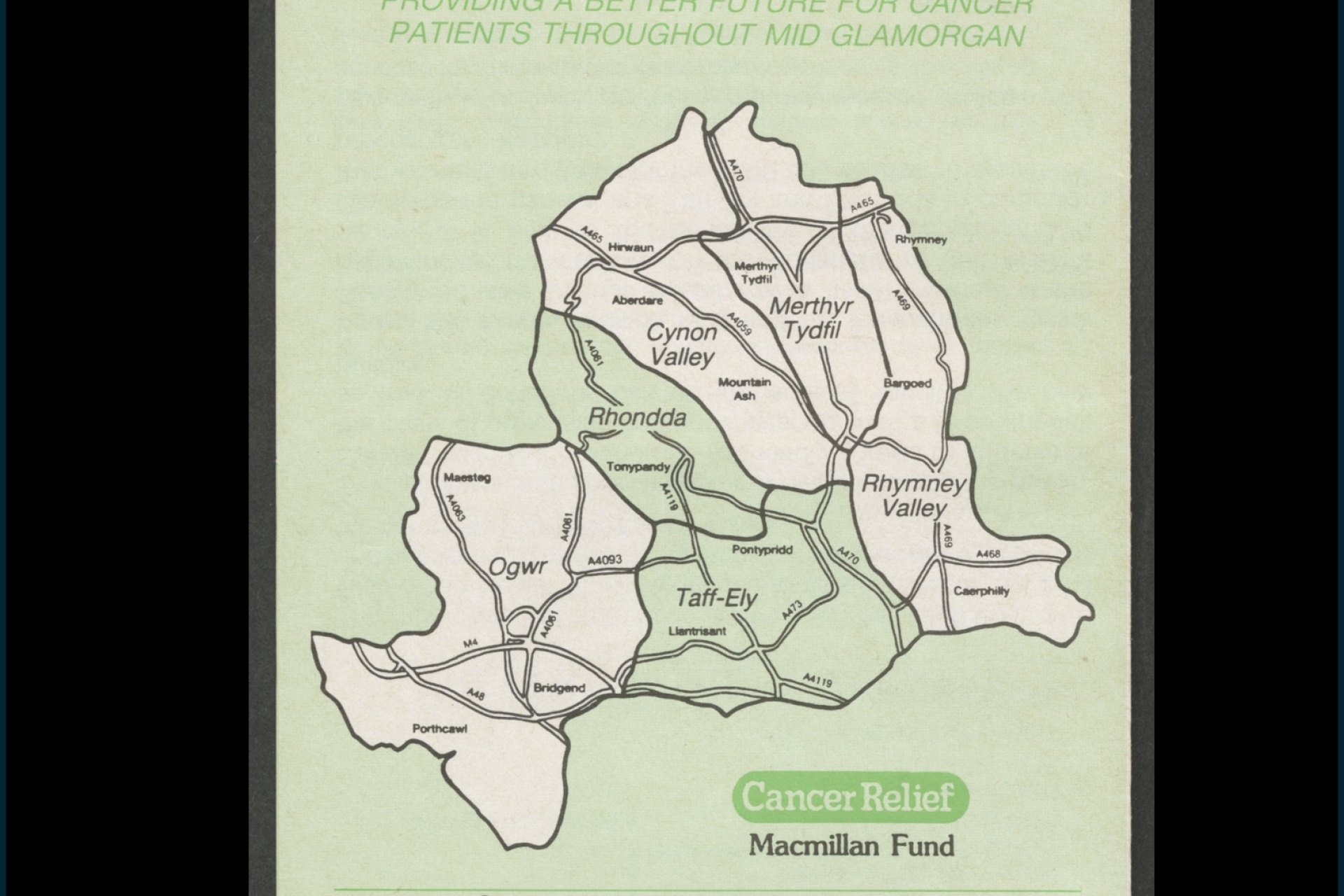
In 2024, researcher Jayne Lacny visited Special Collections and Archives to study the Craigmyle Archives, and interviewed fundraisers who worked for Craigmyle, to investigate the impact of running major fundraising appeals to purchase modern equipment for hospitals.
CT scanners (Computed Tomography – sometimes known as CAT scanners) and MRI scanners (Magnetic Resonance Imaging) first became available in hospitals in the 1980s. The new scanners were expensive and were beyond the budgets of most NHS hospitals, so targeted fundraising campaigns became a common way to raise money for this new lifesaving equipment.
Craigmyle were involved with designing and implementing many appeals for hospital scanners in the 1980s and 1990s in campaigns that included the cost of the scanner itself as well as ongoing maintenance and running costs.
An appeal usually involved recruiting an individual from the hospital and a committee to lead the campaign before kickstarting the appeal with a period of fundraising from major donors and trusts and foundations. This was followed by a public appeal to complete the achievement of the target amount. Attractive targeted publications sent using direct mail were key to the success of each public appeal.
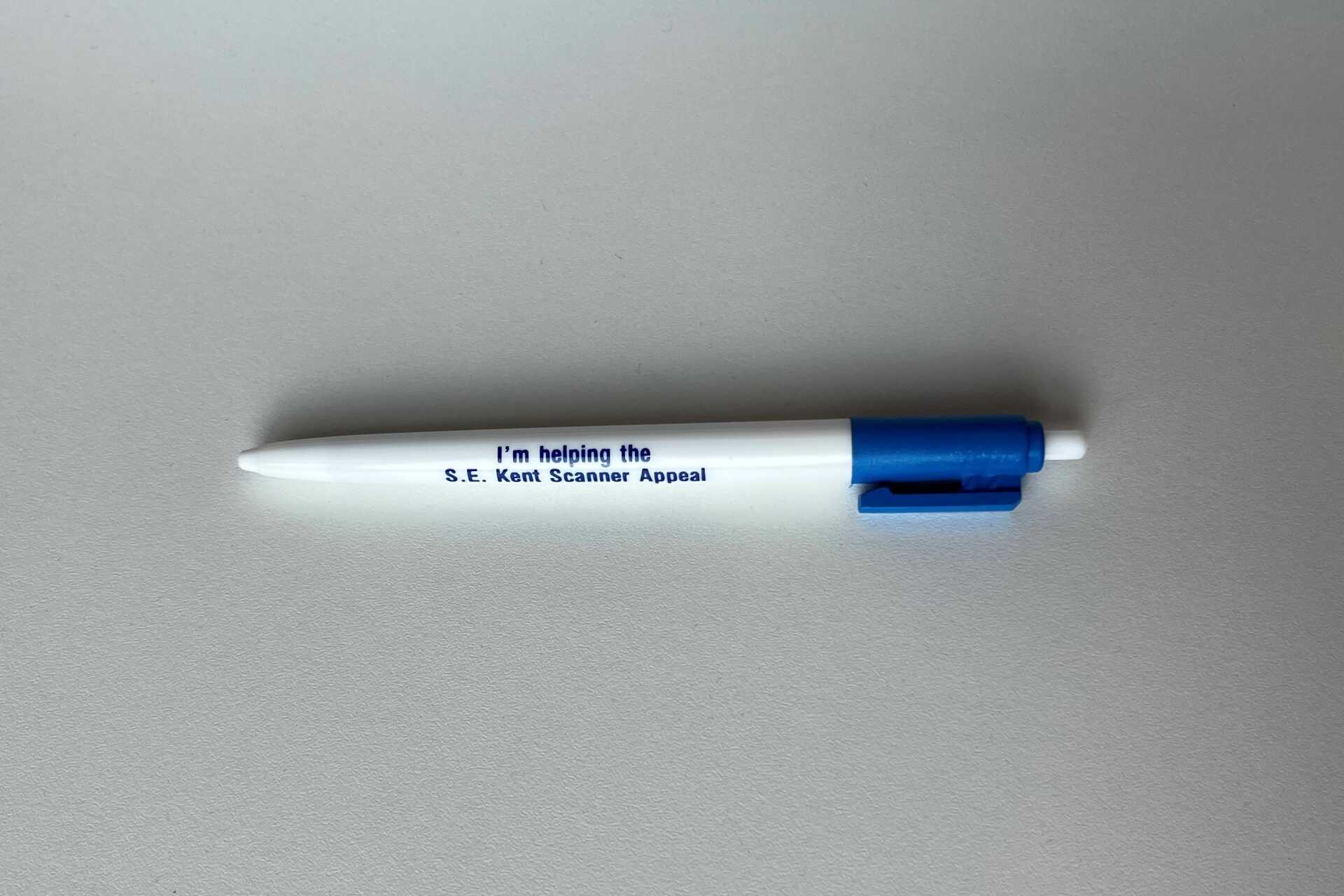
Between 1983 and 1986, the Mount Vernon Scanner Appeal was one of the first and most successful fundraising campaigns for CT and MRI scanners, raising £1.85 million in just over 2 years.
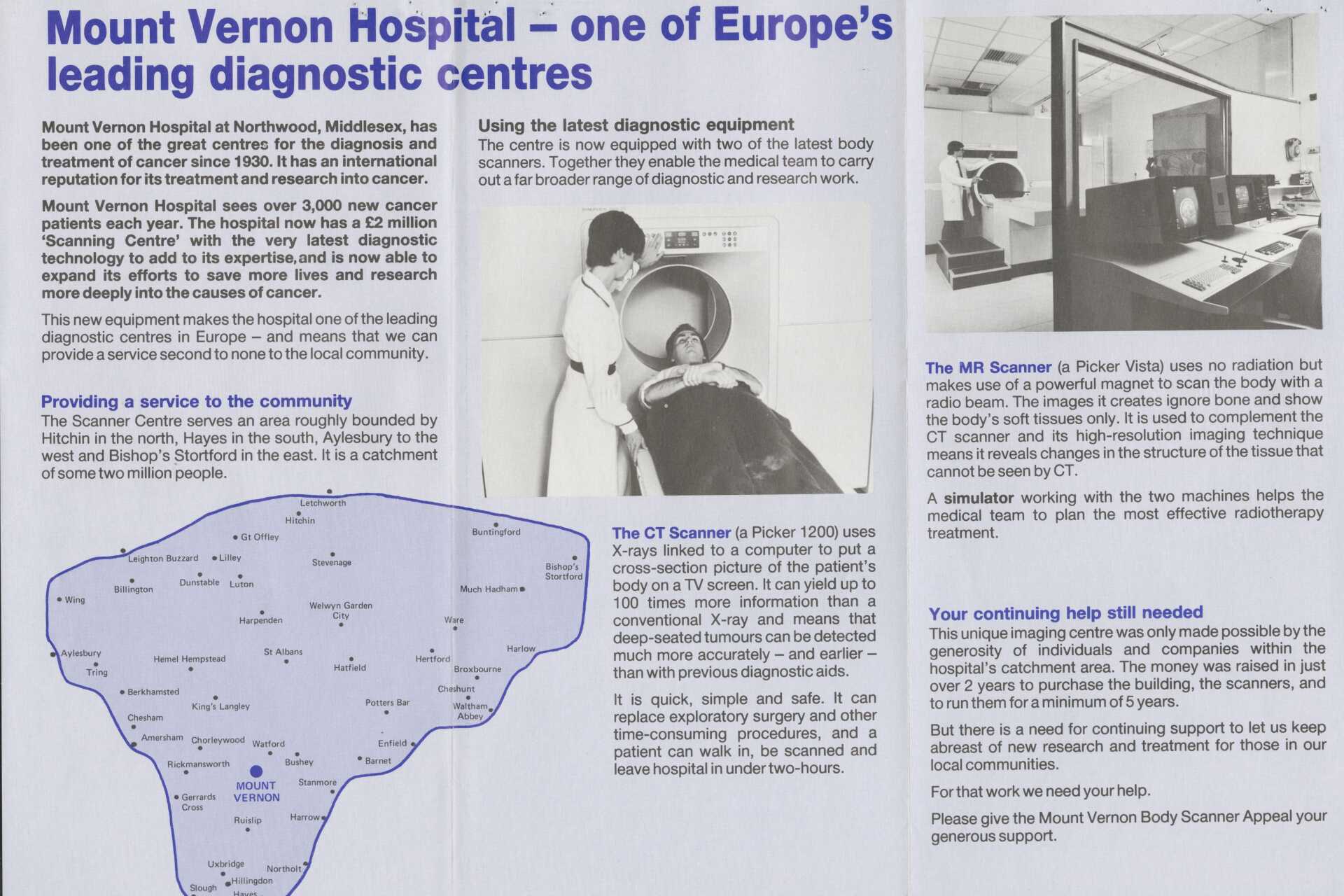
For this appeal the William Harvey Hospital introduced the character 'Seemore' the Cat. This added a distinctive visual marketing element to the campaign, which also involved distributing pens and weepuls in mailings.
